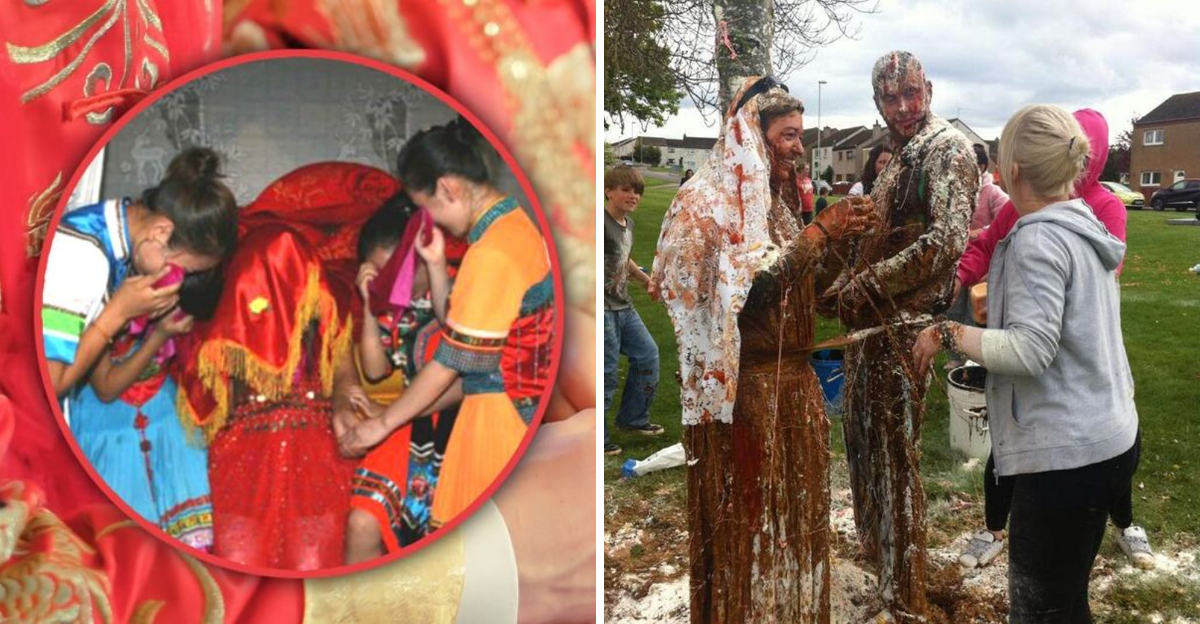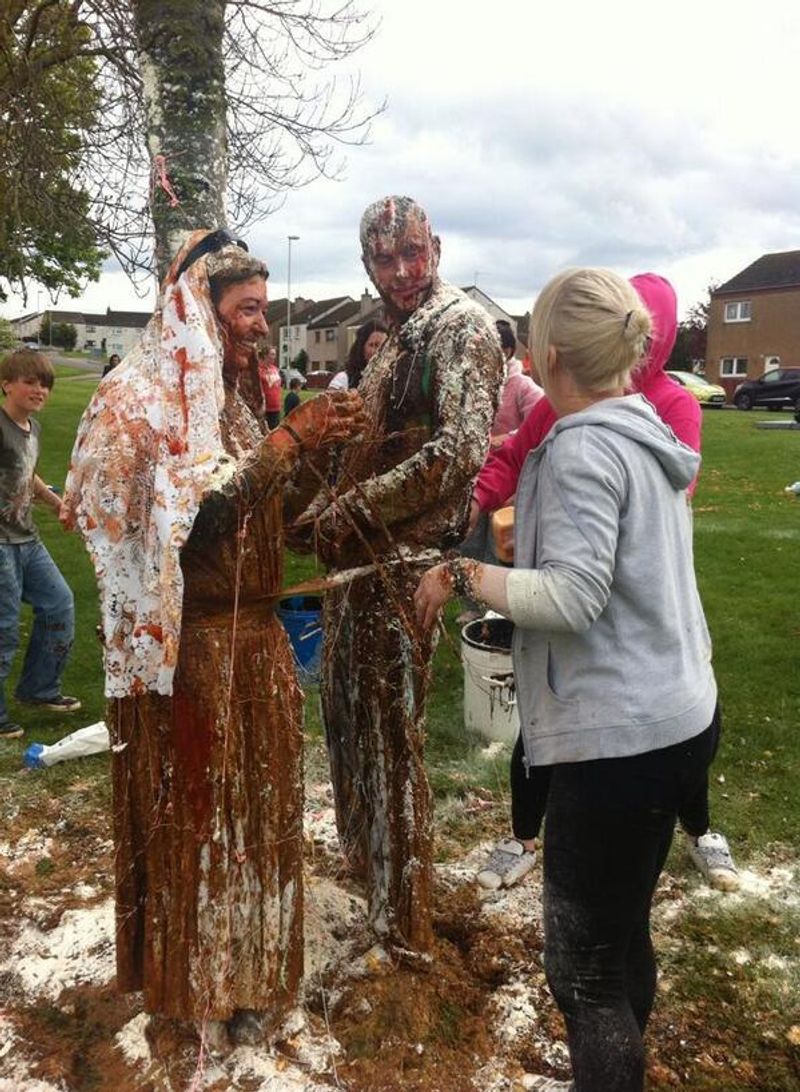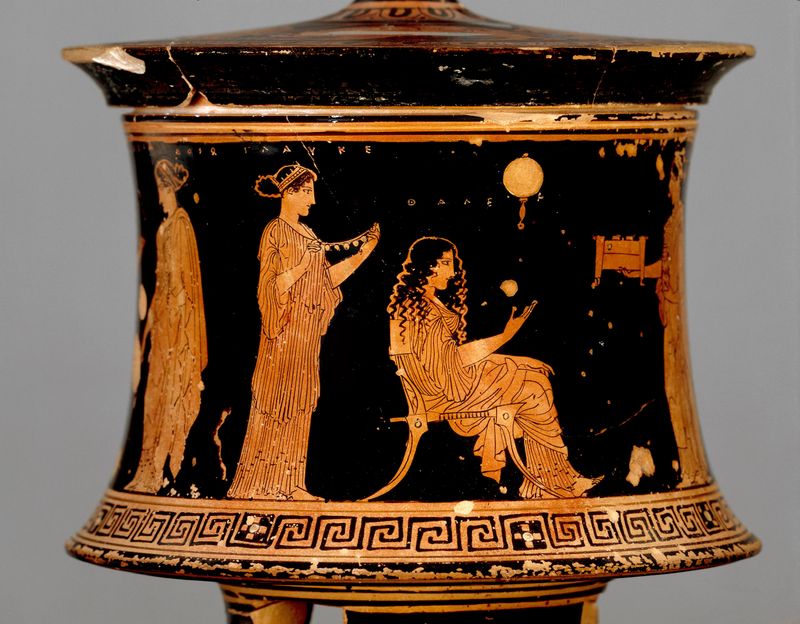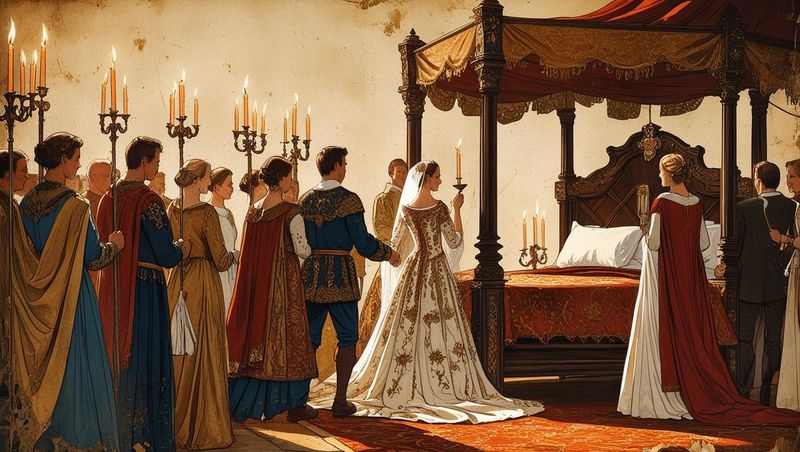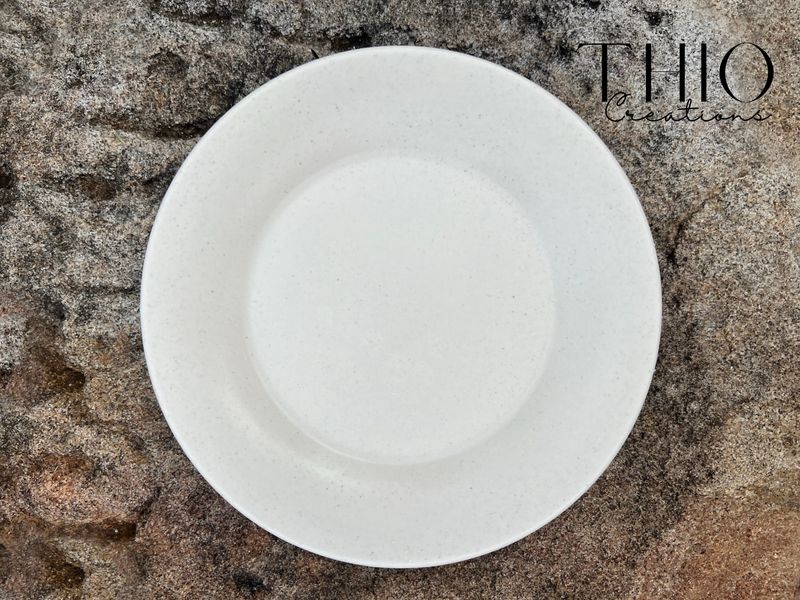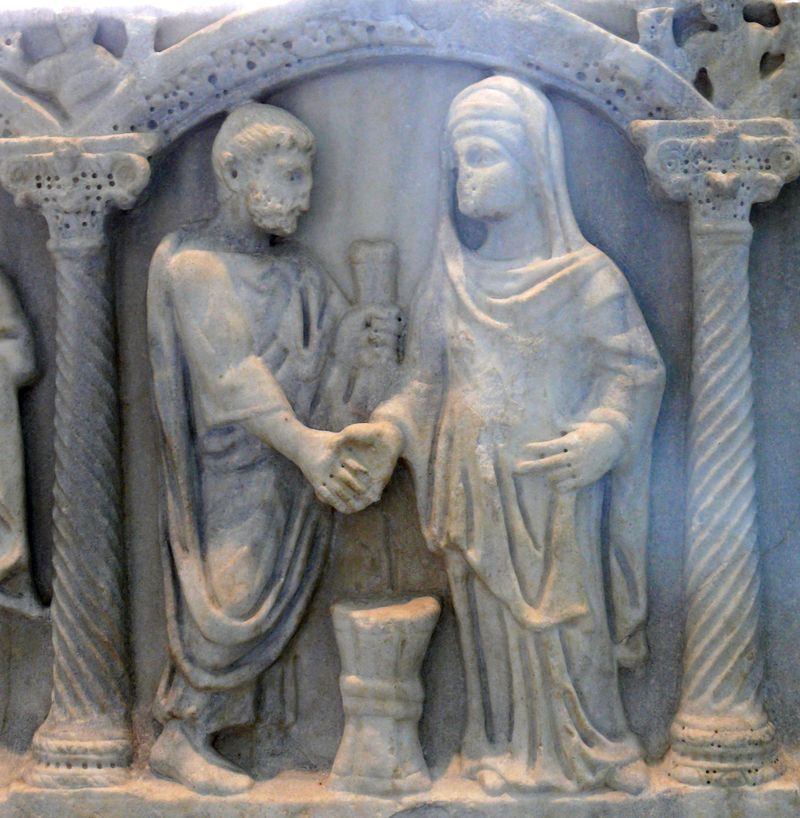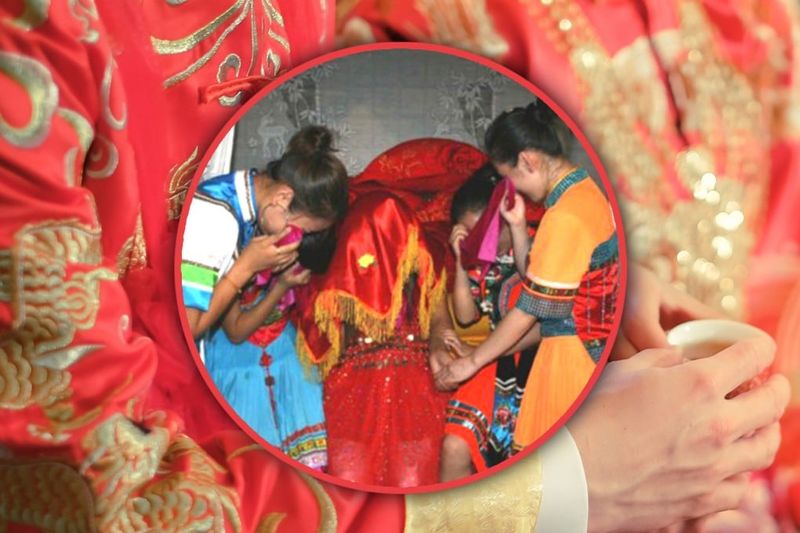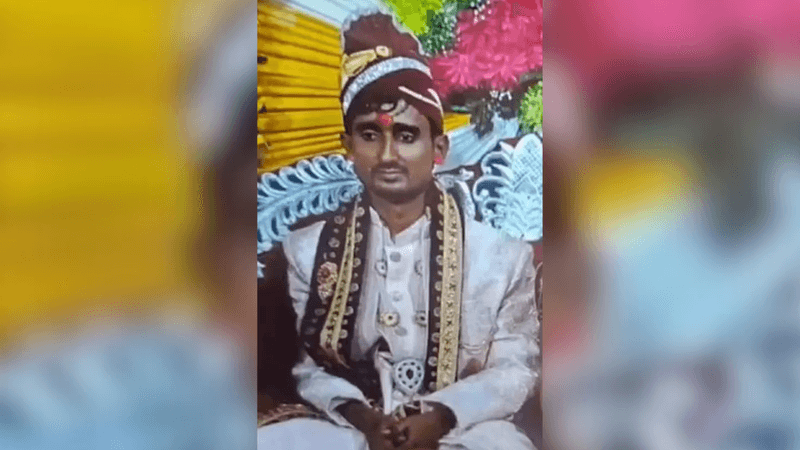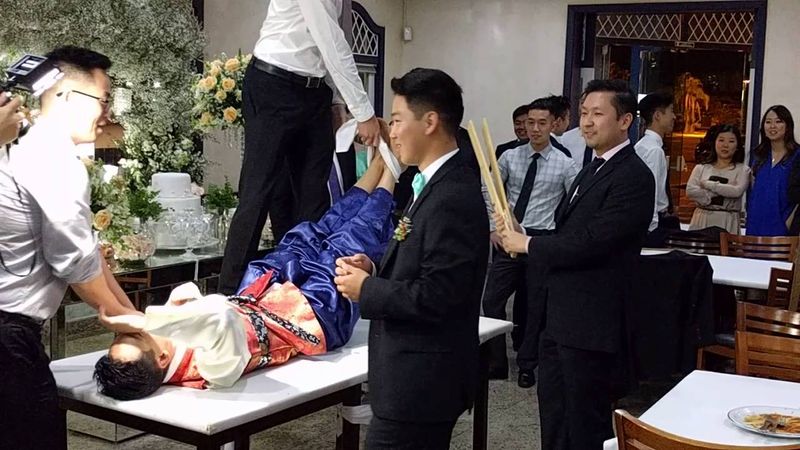From bizarre pre-wedding rituals to unusual reception activities, these wedding traditions are bound to surprise and amuse. Spanning cultures and centuries, some customs were intended to ward off evil while others were simply eccentric. Here are 10 odd wedding traditions that would likely make today’s brides recoil.
1. The Scottish “Blackening” – Covering the Couple in Filth
This bizarre Scottish tradition, known as “Blackening,” was meant to prepare couples for the hardships of marriage. Before the wedding, friends would dump all sorts of filth on the bride and groom, then parade them around town. The belief was that enduring this humiliation together would strengthen their bond. Today, many would balk at such a messy ordeal, opting instead for more tasteful pre-wedding activities.
2. Ancient Spartan Bride “Kidnappings”
In ancient Sparta, this odd practice aimed to minimize female rivalry and promote equality. By making brides look like young boys, the Spartans believed they could equalize beauty standards. It’s a rather drastic way to approach marriage, and today’s modern brides would likely find themselves reaching for their phones to call for help. Such a custom reminds us of the lengths societies once went to, in order to uphold certain ideals.
3. The “Bedding Ceremony” – Public Proof of Consummation
In medieval Europe, newlyweds faced an unusual challenge: proving their union’s consummation. The “bedding ceremony” involved guests either watching or listening as the couple consummated their marriage, ensuring its validity. This awkward requirement was believed to confirm the bride’s virginity and the groom’s capability. Imagine the pressure of performing under such scrutiny! Today, couples prefer privacy, and such a spectacle is considered intrusive and unnecessary. Instead, a simple “Do Not Disturb” sign is all that’s needed to ensure a peaceful start to their married life.
4. Bulgarian Plate-Smashing on the Bride’s Head
In Bulgaria, following the ceremony, the groom’s family would smash a clay plate at the bride’s feet. The tradition claimed that if the plate shattered, the marriage would be blessed with happiness and good luck. However, the potential for flying shards and startled brides makes this custom less appealing today. Modern couples might prefer their good luck served in less hazardous ways. Superstitions aside, plates today are more often smashed at Greek weddings, but not quite in this startling manner.
5. Roman “Confarreatio” – Eating Barley Cake Together
In ancient Rome, sharing a barley cake wasn’t just a sweet gesture—it was a test. During the “Confarreatio” ceremony, couples had to eat the cake without choking, an omen for a prosperous marriage. This ritual symbolized unity and tested the couple’s compatibility under pressure. In modern times, the symbolism of sharing cake remains, though often with less pressure to avoid a culinary disaster. The stress of such a high-stakes snack might just have couples today sticking with the traditional cake smashing for fun.
6. Chinese “Crying Marriage” – A Month of Tears
For some Chinese brides, weddings started with a month of tears. This peculiar tradition required brides to cry for an hour each day leading up to their wedding. Symbolizing reluctance to leave their family, it was a display of filial piety and emotional expression. In reality, not all tears were genuine; some brides were thrilled about their new lives. Today, this custom seems unnecessarily dramatic, as most brides reserve their tears for wedding speeches or farewell moments. The emotional rehearsal has undoubtedly become less common in contemporary times.
7. Mongolian “Kidnapping the Groom”
In Mongolia, some wedding preparations involved a whimsical twist: the bride’s family would “kidnap” the groom before the ceremony. This playful tradition symbolized the groom’s determination to “win” his bride, adding an adventurous element to the wedding festivities. While the tradition was light-hearted, modern grooms might find it more stress than substance, preferring to meet their bride at the venue instead. Today, such antics are often replaced by more straightforward celebrations, with less emphasis on theatrical abductions and more focus on mutual consent and joy.
8. Victorian “Dead Bird” Hats
Victorian brides took “something old” to a curious extreme by donning hats or veils decorated with actual stuffed birds. Sometimes these avian accessories included entire owls! While considered high fashion, the thought of wearing a taxidermied creature might send shivers down the spine of today’s fashion-forward brides. This bizarre trend of sporting feathered finery highlights how much bridal fashion has evolved. Modern brides lean towards faux embellishments, celebrating avian beauty without the grim reality of yesteryear’s style choices.
9. Korean “Beating the Groom’s Feet”
In Korea, after tying the knot, grooms faced a peculiar ritual: having their feet beaten with sticks or fish by friends. This amusing test was believed to gauge the groom’s pain tolerance and readiness for marriage’s trials. While light-hearted, the practice might seem more like a hazing ritual to modern couples. Today, such playful tests are often replaced by more supportive gestures among friends. The tradition showcases how cultural expressions of marriage readiness have funneled into more celebratory and less torturous forms.
10. Ancient Greek “Groom’s Pretend Abduction”
In ancient Greece, the wedding drama began with the groom staging a mock abduction of the bride. This symbolic act, with her family in playful pursuit, was intended to show the groom’s boldness in “stealing” his bride. While entertaining, such theatrics might not sit well with today’s couples, who often seek more straightforward nuptial narratives. This lively tradition underscores the dramatic flair of ancient weddings. Modern couples prefer the simplicity of walking down the aisle together rather than orchestrating an elaborate chase.
